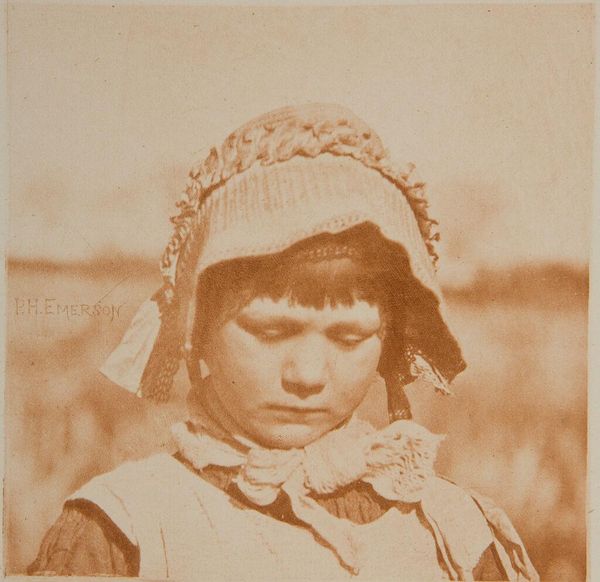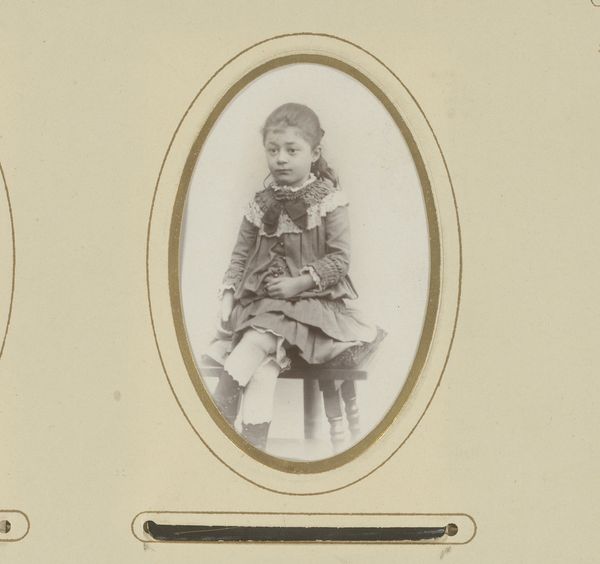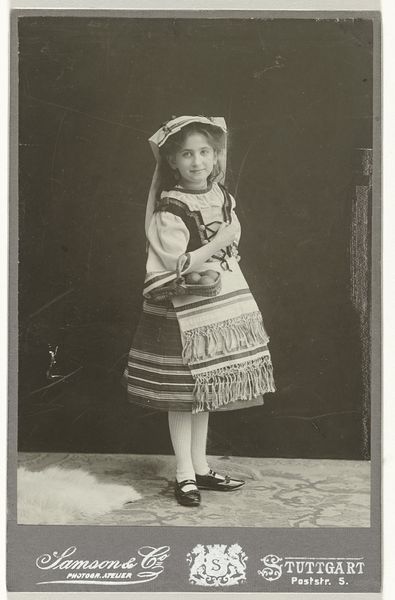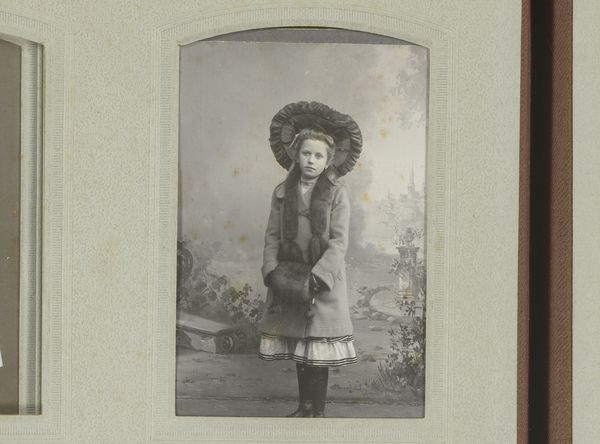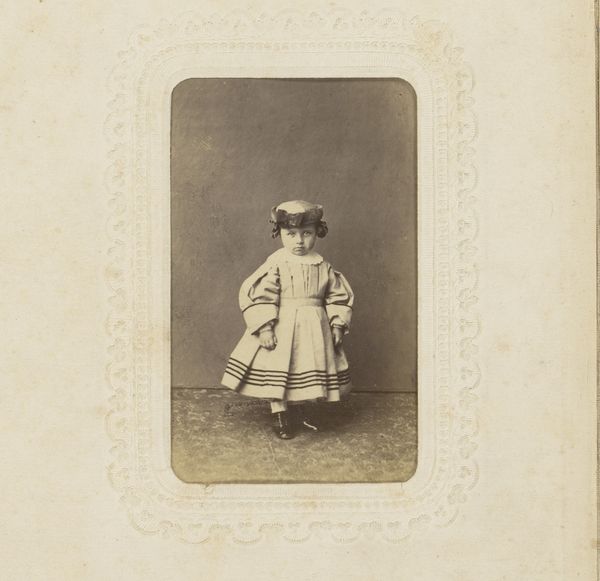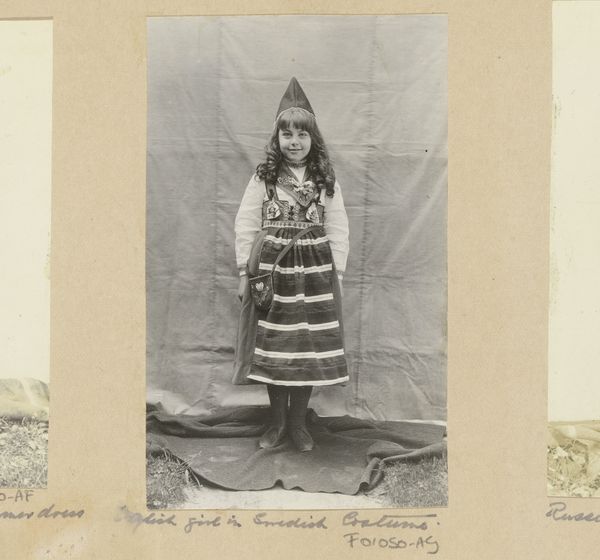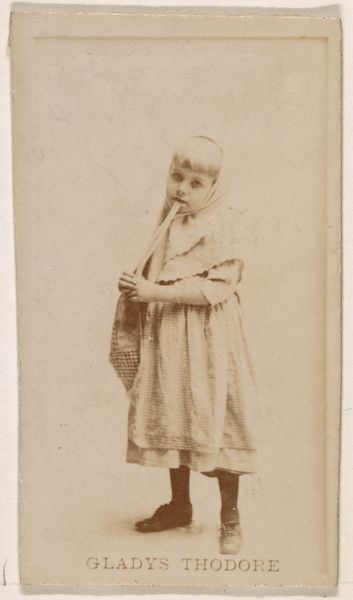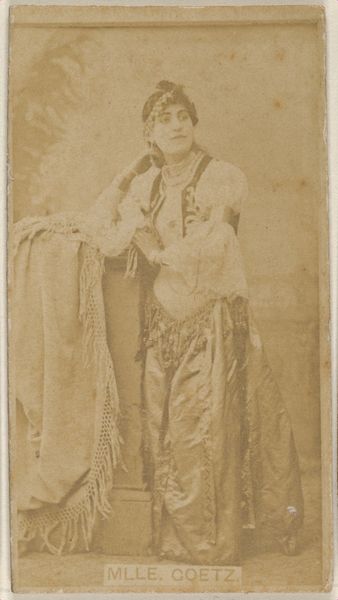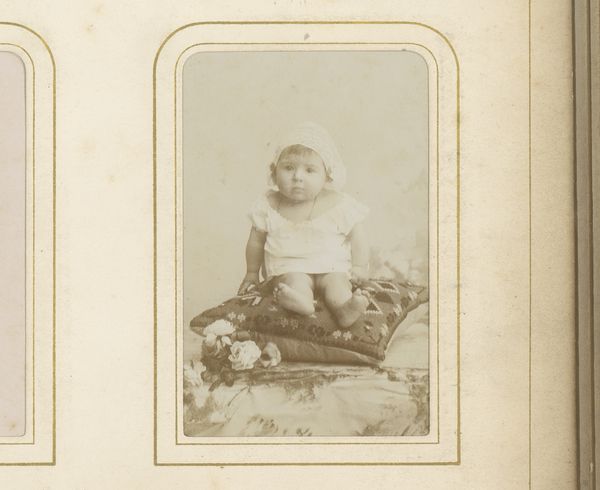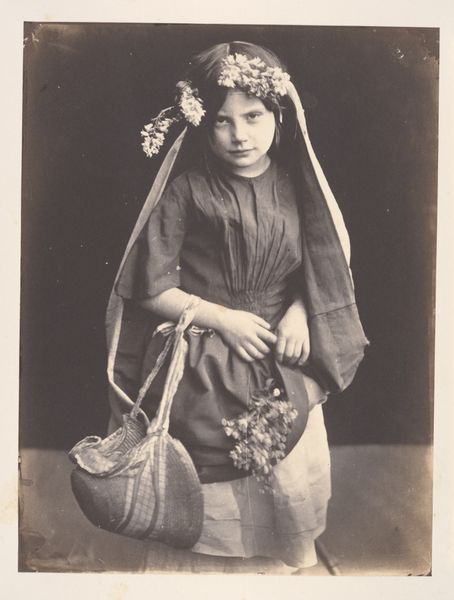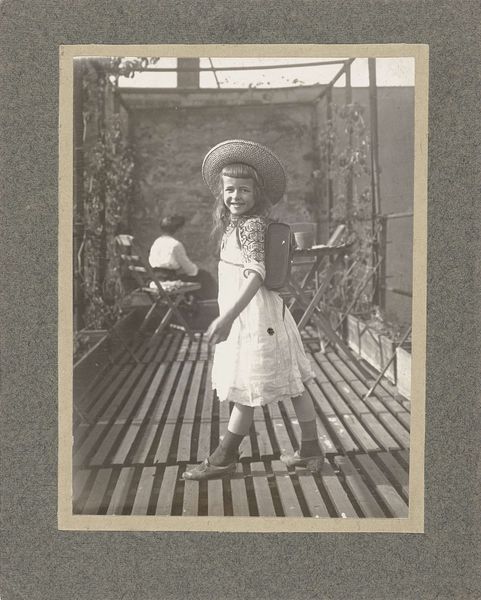
photography
#
portrait
#
16_19th-century
#
pictorialism
#
impressionism
#
photography
Dimensions: 8.8 × 8.8 cm (image/paper); 42.8 × 33.5 cm (album page)
Copyright: Public Domain
Peter Henry Emerson created this photograph, "A Norfolk Flower," using the platinum printing process, a technique prized for its soft tonal range. Emerson was active in Britain during a period when photography was still fighting for recognition as a legitimate art form. He was a leading figure in the "naturalistic photography" movement, arguing that photographs should mimic human vision and capture the natural world as it truly appeared. This image, with its focus on a young girl from the Norfolk countryside, reflects Emerson's belief in the beauty and dignity of rural life. But, Emerson's work also reveals the social attitudes of his time. The romanticized view of rural life often ignored the harsh realities of poverty and social inequality. Images like this contributed to a broader cultural narrative about the English countryside and the people who lived there. To truly understand this photograph, we need to consider the complex social and artistic debates of the late 19th century. By exploring archives, journals, and other historical sources, we can gain a deeper understanding of its meaning and significance.
Comments
No comments
Be the first to comment and join the conversation on the ultimate creative platform.
